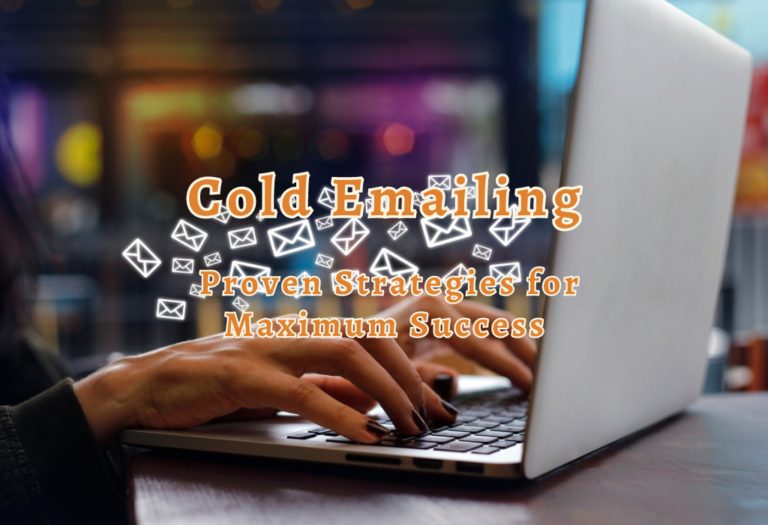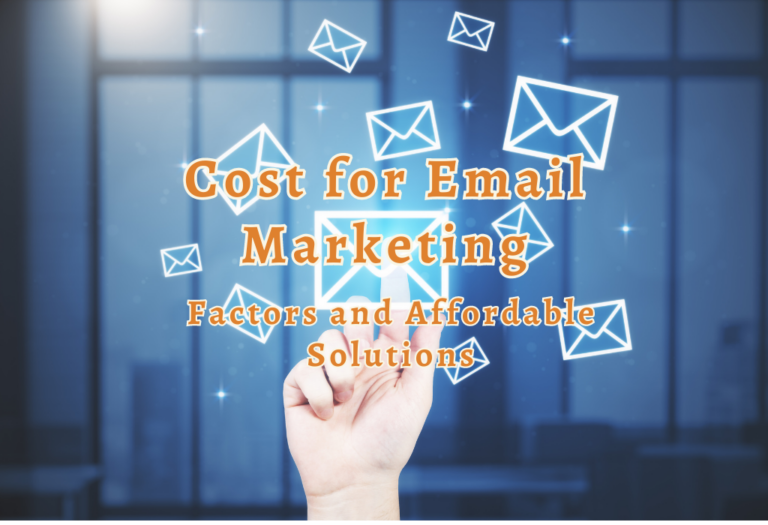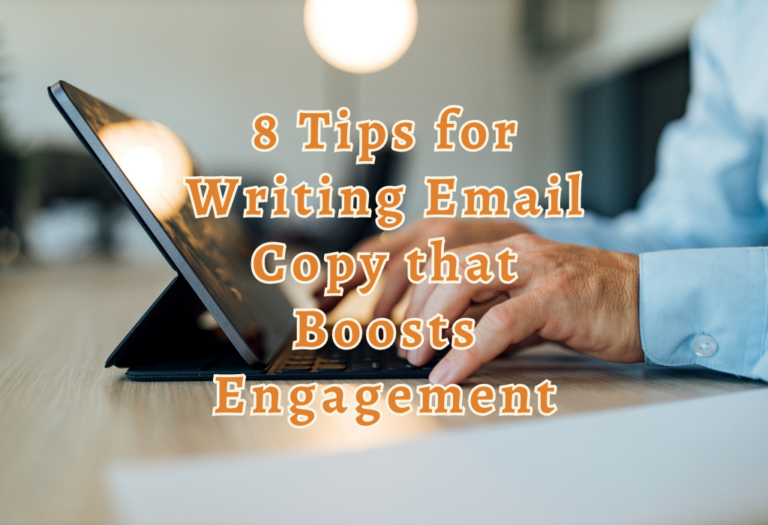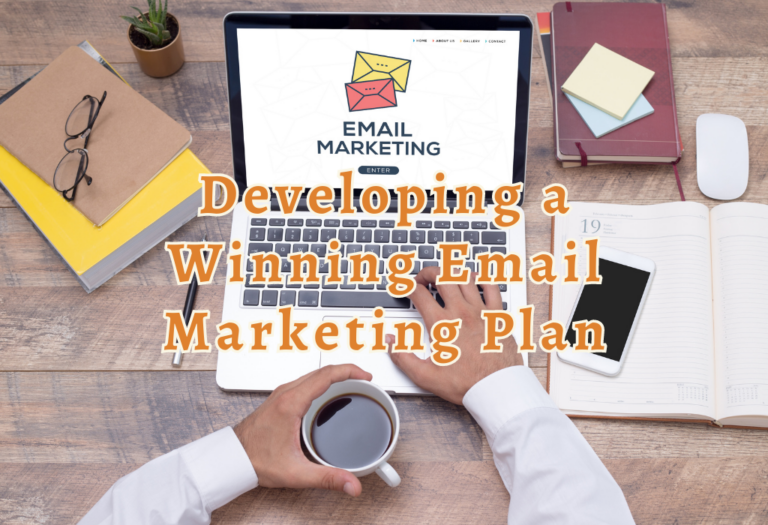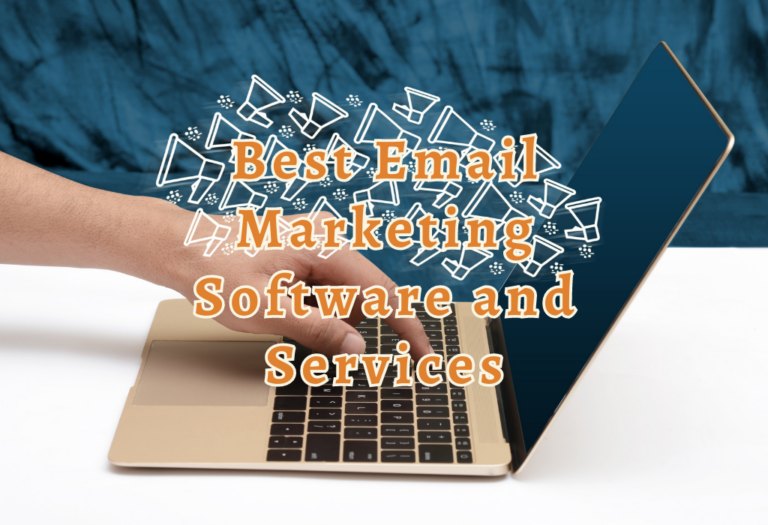Email marketing has long been heralded as a potent resource for businesses to engage with customers and bolster sales. As a marketer, you may have overheard colleagues chatting by the water cooler about how email marketing is no longer effective. This has been a common concern for many marketing departments. According to research, 40% of B2B marketers believe that email newsletters are crucial to their content marketing success, and 73% of millennials prefer receiving business communications via email.
Moreover, 99% of consumers check their emails daily, making it the preferred method for receiving brand updates. As marketers, we cannot disregard these statistics. That’s why developing a robust email marketing strategy is essential. In this article, we will explore some of the top benefits that make email marketing an indispensable tool in any digital marketer’s arsenal.
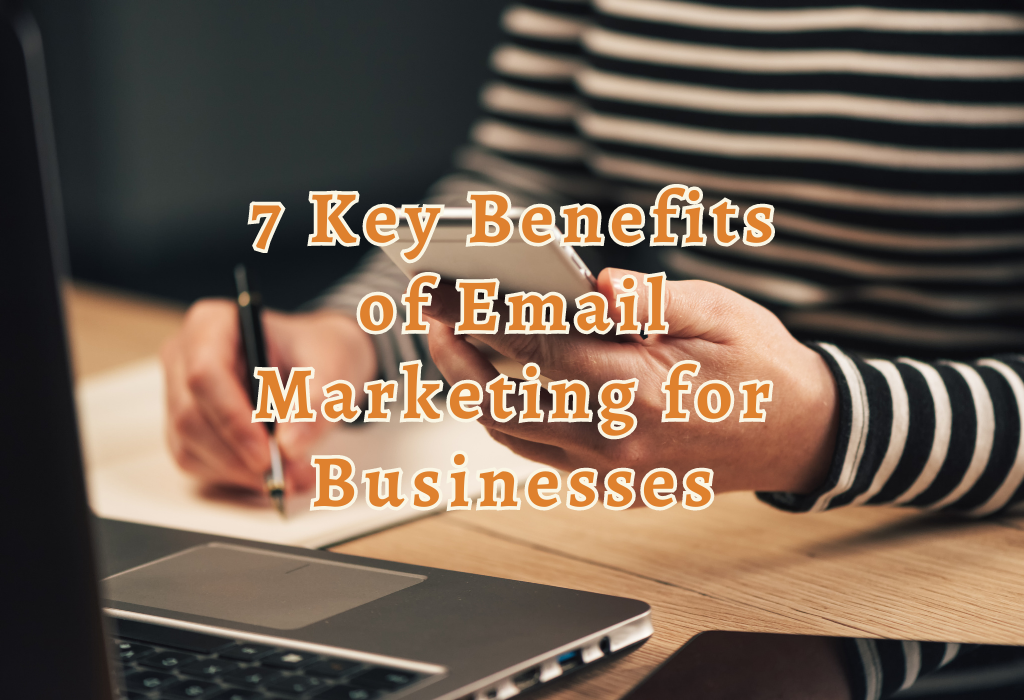
More Resources :
What is Email Marketing?
Email marketing is a powerful digital marketing strategy that involves sending emails to your target audience. It is one of the most effective ways to turn potential customers into loyal buyers and keep current customers informed about your brand. Your email marketing plan may involve distributing regular newsletters, promotional messages, and exclusive offers to your customers. This approach enables you to establish a rapport with your target audience and gradually cultivate brand loyalty.
Email Marketing Strategy
Your email campaigns should be tailored towards achieving specific goals such as increasing revenue or driving traffic to your website. Here are some key elements that should be included in any successful email campaign:
The Benefits of Email Marketing
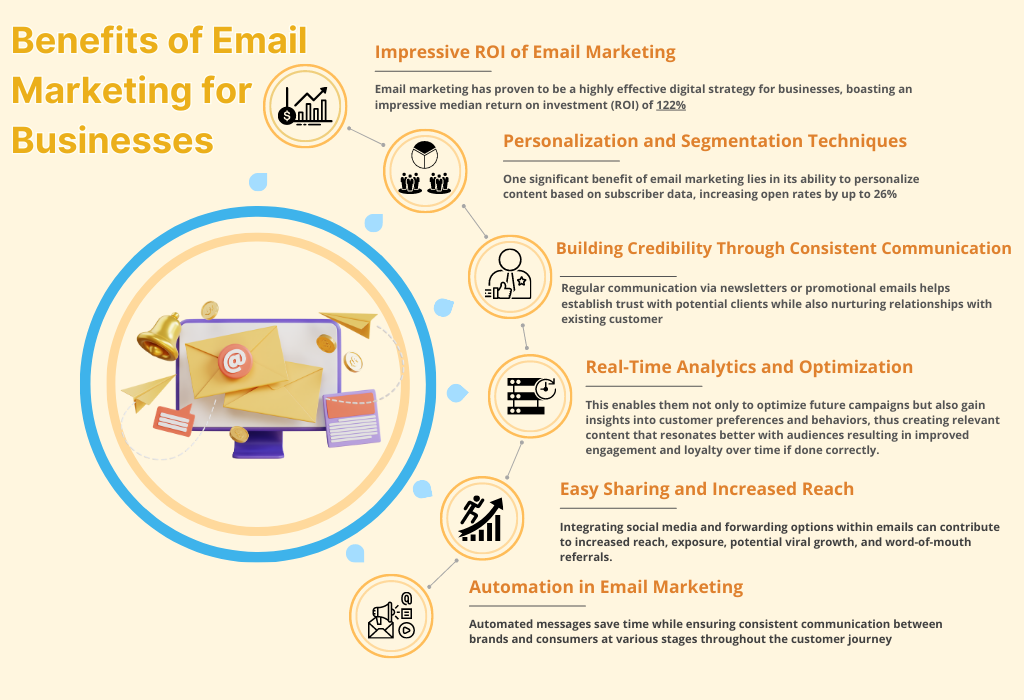
#1. Impressive ROI of Email Marketing
Email marketing has proven to be a highly effective digital strategy for businesses, boasting an impressive median return on investment (ROI) of 122%. This outperforms other popular channels such as social media marketing and is almost 40 times more effective than Facebook and Twitter in helping businesses acquire new customers. Let’s explore the factors contributing to this remarkable ROI.
Comparison with Social Media Platforms like Facebook and Twitter
While social media platforms have their merits, email marketing offers several advantages that contribute to its higher ROI. For instance, emails are delivered directly to subscribers’ inboxes, ensuring better visibility compared to posts on crowded social media feeds. Additionally, email campaigns can be personalized based on subscriber data, leading to increased engagement rates. According to a study by OptinMonster, email has an average open rate of 22.86% while Facebook and Twitter only achieve organic reach rates between 1% – 6%.
Factors Contributing To The Impressive ROI
#2. Personalization and Segmentation Techniques
One significant benefit of email marketing lies in its ability to personalize content based on subscriber data, increasing open rates by up to 26%. Segmenting your audience based on factors like age, income level, or gender allows you to create targeted campaigns that appeal directly to different segments of your target market. In this section, we will discuss how using first names in subject lines can lead to higher open rates and explore examples of segmentation criteria for better targeting.
Using First Names in Subject Lines for Higher Open Rates
Incorporating a subscriber’s first name into the subject line adds a personal touch and increases the likelihood they’ll open the email. According to Experian, personalized subject lines have 29% higher unique open rates compared with generic ones. To achieve this effect, use merge tags provided by your email marketing platform (such as Knowmail) within the subject line template.
Examples of Segmentation Criteria for Better Targeting
Beyond addressing subscribers by their first names, there are numerous ways you can segment your audience for more effective targeting:
#3. Building Credibility Through Consistent Communication
Regular communication via newsletters or promotional emails helps establish trust with potential clients while also nurturing relationships with existing customers. Keeping subscribers informed about new products or services provides valuable insights into consumer behavior through tracking metrics such as open rate, conversion rate, bounce rate, unsubscribe rate, and clickthrough rate.
Importance of Being a Known Sender for Building Credibility
Becoming a recognized sender in your subscribers’ inbox is crucial to building trust and credibility. According to Campaign Monitor, consistent email senders can expect higher open rates than those who send sporadically. To achieve this status:
Types of Emails That Help Nurture Customer Relationships
Different types of emails serve various purposes in maintaining strong connections with both potential clients and loyal customers. Here are some examples:
#4. Real-Time Analytics and Optimization
Email marketing platforms provide real-time analytics, allowing businesses to measure success by tracking key performance indicators (KPIs) such as open rates, click-throughs, and conversions. This enables them not only to optimize future campaigns but also gain insights into customer preferences and behaviors, thus creating relevant content that resonates better with audiences resulting in improved engagement and loyalty over time if done correctly.
Key KPIs used in measuring email campaign success
Tips for optimizing future campaigns based on analytics
– Use A/B testing: Experiment with different subject lines, headlines or design elements to see which version performs best. Tools like Knowmail’semail client and spam filter,, design analysis,deliverability testing,, can help you test various aspects effectively before sending out your final campaign.
– Analyze user behavior: Study the actions taken by recipients after opening your email, such as clicking on specific links or making a purchase. This can help you identify what content resonates with your audience and tailor future campaigns accordingly. – Monitor unsubscribe rates: A sudden increase in unsubscribes could indicate that your content isn’t engaging or relevant to subscribers. Make sure to address this issue promptly by adjusting your strategy.
– Segment audiences: Grouping subscribers based on demographics, interests or behaviors can lead to more targeted campaigns that yield better results. For example, Knowmail offers resources for creatingsegmentation criteriathat allow businesses to send tailored messages directly appealing to different segments of their target market.
– Optimize sending times: Test various days and times when sending emails in order to determine when recipients are most likely to engage with them. Some studies suggest that Tuesdays and Thursdays have higher open rates compared other weekdays; however, this may vary depending on the industry target audience so it’s important always be testing.
#5. Easy Sharing and Increased Reach
Email marketing offers several advantages, one of which is its easy sharing capabilities. Integrating social media and forwarding options within emails can contribute to increased reach, exposure, potential viral growth, and word-of-mouth referrals. All these factors ultimately lead to higher revenue generation over time.
Social Media Integration with Email Campaigns
Social media integration into your email campaigns allows subscribers to share content on their preferred platforms easily. This extends the reach of your message and helps attract new subscribers who may be interested in your products or services. To make this process seamless for users, consider adding social sharing buttons within the body of your emails or including a call-to-action (CTA) that encourages recipients to follow you on various social channels.
Impact of Word-of-Mouth Referrals on Business Growth
Word-of-mouth referrals are viewed as an influential type of marketing, due to people’s tendency to believe in the advice of their acquaintances and relatives more than any other source. By creating engaging content that resonates with readers and encourages them to share it, businesses can leverage word-of-mouth referrals for greater growth potential.
#6. Automation in Email Marketing
Email marketing has advanced significantly, with automation being one of its most prominent developments. Automation plays a crucial role in making email marketing one of the most hands-off strategies available for small businesses looking for impressive results without sizable budgets. Automated messages save time while ensuring consistent communication between brands and consumers at various stages throughout the customer journey.
Examples of Automated Emails that Improve Efficiency
Benefits of Automation During Different Stages of the Customer Journey
Automation offers numerous benefits throughout the entire customer journey, including:
#7. Generating Traffic to Your Site
Email marketing can be an effective way of driving traffic. Email marketing involves sending promotional emails or newsletters to subscribers who have opted-in for these communications. This allows businesses to reach their target audience directly in their inbox.
Email Marketing and SEO: How They Work Together
Email marketing can also improve your search engine optimization (SEO) efforts. By including links to relevant content on your website, email campaigns drive traffic directly from the inbox to the site which signals Google that users find value in this content – leading it towards ranking higher in search results.
Types of Emails to Send Based on Sales Funnel Position
Businesses need to pinpoint their target audience in the sales funnel and decide which emails are suitable for them, such as prospecting messages, newsletters, or promotional materials. These may include prospecting emails, newsletters, and promotional emails that suit their needs best. Cold emails are informative while warm emails target people who have already engaged with your brand and opted-in to receive additional communications from you.
Prospecting vs Warm Emails
Prospecting emails are sent to potential customers who haven’t yet interacted with your business or shown interest in your products or services. The goal is typically to introduce them to your brand and encourage them to learn more about what you offer. This type of email should be concise, relevant, and focused on providing value through helpful information or a compelling offer.
Warm emails, on the other hand, are targeted at individuals who have already expressed an interest in your company by signing up for a newsletter or making a purchase. These recipients require different messaging since they’re familiar with your offerings. Therefore, these messages can focus more on deepening relationships by offering exclusive content like newsletters, promotions tailored to existing customers’ preferences (e.g., discounts), product updates, announcements concerning upcoming events, webinars, etc.
Identifying Appropriate Content Based on Subscriber Engagement
FAQs about Benefits of Email Marketing for Businesses
Conclusion
Email marketing is a valuable tool for enhancing your business’s visibility and profitability. By creating a list of subscribers and crafting personalized messages, you can effectively reach a wide audience with your marketing communications. Additionally, email marketing is cost-effective and straightforward to set up, making it an ideal solution for small businesses. Therefore, if you’re seeking ways to improve your business, email marketing should be on top of your list. To experience these benefits of email marketing firsthand, try out Knowmail’s AI-powered inbox assistant today!

